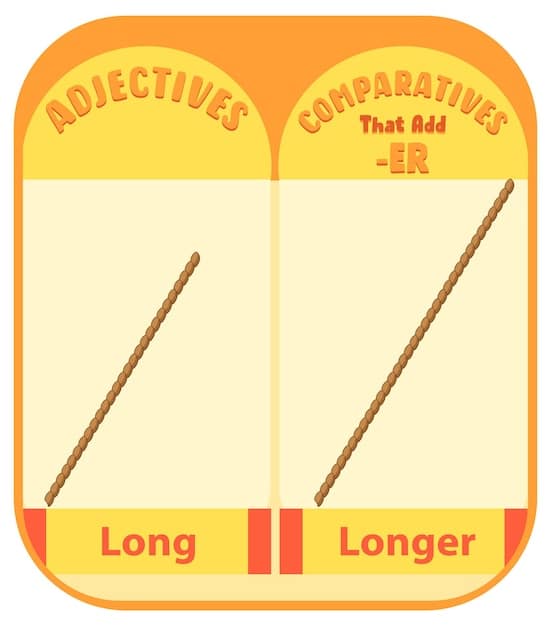Understanding the New FAFSA Changes for 2025-2026

Understanding the New FAFSA Changes for the 2025-2026 Academic Year is crucial for students and families navigating financial aid, as recent updates aim to simplify the application process and expand eligibility, impacting how aid is calculated and distributed.
Navigating college financial aid can be daunting. Stay ahead of the curve by understanding the new FAFSA changes for the 2025-2026 academic year, ensuring you maximize your eligibility for financial assistance.
What is FAFSA and Why Does It Matter?
The Free Application for Federal Student Aid (FAFSA) is the cornerstone of financial aid for students pursuing higher education in the United States. Completing the FAFSA unlocks access to federal grants, loans, and work-study programs, as well as many state and institutional aid opportunities.
Understanding FAFSA is crucial because it determines the amount of financial aid a student can receive. The information provided on the FAFSA is used to calculate the Expected Family Contribution (EFC), now termed the Student Aid Index (SAI), which helps colleges determine a student’s financial need.
Key Components of FAFSA
The FAFSA collects detailed financial information from students and their families to assess their ability to contribute to college costs. This includes:
- Income: Both student and parent (if dependent) income is considered.
- Assets: Savings, investments, and other assets are evaluated.
- Household Information: The number of family members and college students in the household impacts the calculation.
Who Needs to Fill Out FAFSA?
Any student seeking federal financial aid should fill out the FAFSA. Additionally, many states and colleges require or recommend the FAFSA for their aid programs. Filing the FAFSA is an essential step for students looking to make college more affordable.
In conclusion, the FAFSA is integral to accessing financial aid for college. Familiarizing yourself with its components and requirements can help you navigate the aid process successfully.
Overview of the FAFSA Simplification Act
The FAFSA Simplification Act represents a significant overhaul of the federal financial aid system. These changes aim to streamline the application process and expand access to financial aid for more students. The Act intends to make FAFSA easier to complete and more equitable.
Several provisions of the FAFSA Simplification Act have already been implemented, with further changes expected for the 2025-2026 academic year.

Key Changes Introduced by the Act
- Simplified Application: The number of questions on the FAFSA has been reduced significantly.
- Student Aid Index (SAI): The Expected Family Contribution (EFC) has been replaced with the Student Aid Index (SAI). The SAI provides a clearer measure of a student’s financial need.
- Expanded Pell Grant Eligibility: The criteria for Pell Grant eligibility have been broadened, allowing more students to qualify.
The FAFSA Simplification Act seeks to reduce the burden on families applying for financial aid, making higher education more accessible. These changes are intended to provide a more accurate assessment of a student’s financial need.
Major Changes for the 2025-2026 FAFSA
The 2025-2026 FAFSA will introduce several key changes that students and families should be aware of. These changes will impact eligibility for financial aid and the overall application process.
Understanding these updates is essential for maximizing your financial aid opportunities.
Impact on Eligibility
One of the most significant changes is the expansion of Pell Grant eligibility. The new FAFSA formula will allow more low-income students to qualify for Pell Grants, providing crucial financial support.
For the 2025-2026 FAFSA, keep in mind:
- Income Thresholds: The income thresholds for Pell Grant eligibility have been adjusted.
- Family Size: Family size will be considered differently in the SAI calculation.
- Automatic Pell Grant: Some students may qualify for an automatic Pell Grant based on their family’s income and household size.
Changes to Asset Reporting
The new FAFSA also includes revisions to how assets are reported. Some assets that were previously considered may now be excluded, potentially increasing a student’s eligibility for aid.
The 2025-2026 FAFSA brings important updates that will affect how financial aid is determined. Staying informed about these changes is vital for a successful application.
Understanding the Student Aid Index (SAI)
The Student Aid Index (SAI) is a new metric replacing the Expected Family Contribution (EFC) on the FAFSA. The SAI is designed to provide a more accurate representation of a student’s financial need and ability to pay for college.
The SAI takes into account various factors to determine a student’s financial situation.

Factors Affecting Your SAI
Several factors influence the SAI, creating a comprehensive view of a student’s financial capacity. The main factors that affect your SAI are:
- Income: Both student and parent income play a significant role.
- Assets: Savings, investments, and other assets are considered.
- Family Size: The number of family members in the household affects the SAI.
How the SAI Impacts Aid Eligibility
The SAI is used by colleges to calculate a student’s financial need. This information helps determine the amount of grants, loans, and work-study opportunities a student can receive.
The Student Aid Index is crucial for understanding financial aid eligibility. By familiarizing yourself with how the SAI is calculated, you can better prepare for the financial aid process.
Tips for Completing the 2025-2026 FAFSA
Completing the FAFSA accurately and on time is essential for accessing financial aid. With the new changes for the 2025-2026 academic year, it’s more important than ever to be prepared.
Here are some tips to help you navigate the new FAFSA process:
Gather Necessary Documents
Before starting the FAFSA, gather all required documents. Having these documents on hand will make the application process smoother and more efficient. You’ll need:
- Social Security Numbers: For both student and parents (if dependent).
- Tax Returns: Income information from the previous tax year.
- Bank Statements: Records of savings and checking accounts.
Understand Dependency Status
Determining your dependency status is a crucial step in completing the FAFSA. Dependency status affects whose information is required on the form.
Deadlines and Submission
Pay close attention to FAFSA deadlines. Missing the deadlines can impact your eligibility for certain types of aid. Be mindful of the following:
- Federal Deadline: The federal FAFSA deadline is typically in June of the academic year.
- State Deadlines: Many states have earlier deadlines for state-based aid.
- College Deadlines: Colleges may also have their own deadlines.
Completing the FAFSA can seem daunting, but with the right preparation, you can navigate the process effectively. Following these tips will help you maximize your financial aid opportunities.
Resources for Navigating FAFSA Changes
Navigating the FAFSA changes for the 2025-2026 academic year can be challenging, but numerous resources are available to help. These resources can provide valuable information and support throughout the application process.
Taking advantage of these resources can make the FAFSA process more manageable.
Federal Student Aid Website
The official Federal Student Aid website is a comprehensive resource for all things FAFSA. It offers:
- FAFSA Form: Access to the online FAFSA application.
- Help Center: Answers to frequently asked questions.
- FAFSA Tips: Guidance on completing the form accurately.
College Financial Aid Offices
College financial aid offices are an invaluable resource for students and families. These offices can provide personalized assistance with the FAFSA and other financial aid matters.
Navigating the FAFSA changes may seem overwhelming, but with the right resources, you can successfully complete the application and access the financial aid you need. Utilize these resources to stay informed and prepared.
| Key Point | Brief Description |
|---|---|
| 📝 FAFSA Simplification | Aims to streamline the application process and expand financial aid access. |
| 💰 Student Aid Index (SAI) | Replaces EFC, providing a clearer measure of financial need. |
| Pell Grant Expansion | More low-income students will qualify for Pell Grants. |
| 📅 Deadlines | Federal, state, and college deadlines should be closely monitored. |
Frequently Asked Questions (FAQ)
▼
The FAFSA Simplification Act is a federal law that aims to streamline the FAFSA application process and expand access to financial aid for more students, making college more affordable.
▼
The Student Aid Index (SAI) replaces the Expected Family Contribution (EFC) and is a new metric used to determine a student’s financial need for college financial aid eligibility.
▼
Any student seeking federal financial aid, including grants, loans, and work-study, should complete the FAFSA. Many states and colleges also require the FAFSA for their aid programs.
▼
The federal FAFSA deadline is typically in late June, but many states and colleges have earlier deadlines. Check specific deadlines on the Federal Student Aid website or with your school.
▼
The FAFSA form is available online through the official Federal Student Aid website. Create an account using your FSA ID to begin the application at studentaid.gov.
Conclusion
Understanding the new FAFSA changes for the 2025-2026 academic year is crucial for any student seeking financial aid. The FAFSA Simplification Act aims to make the application process easier and more equitable, but it’s essential to stay informed about the updates and how they may affect your eligibility. By preparing early, gathering the necessary documents, and utilizing available resources, you can successfully navigate the FAFSA and maximize your opportunities for financial assistance.





